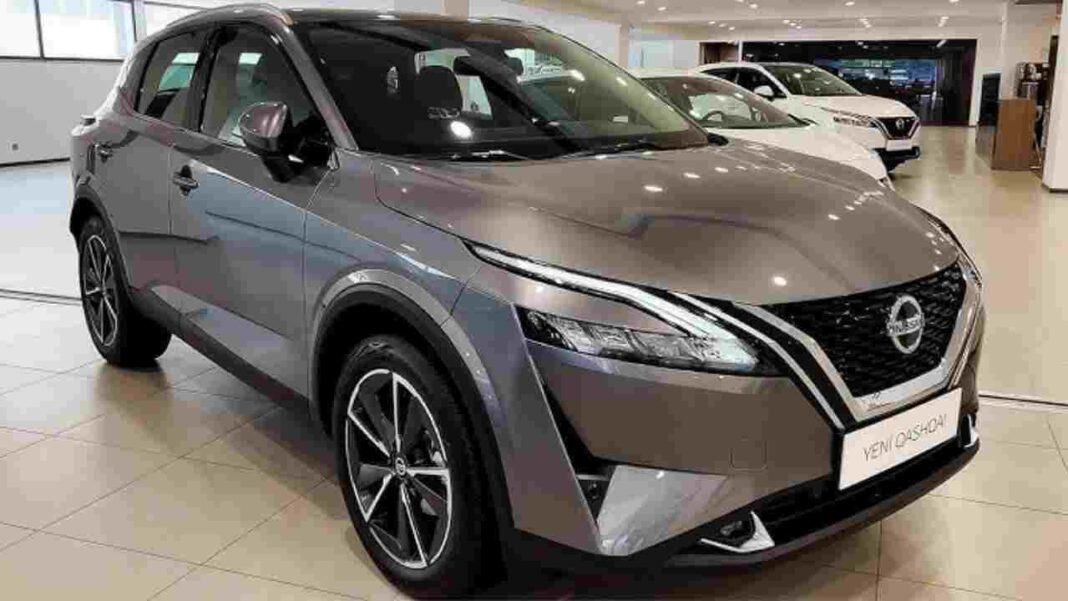The Nissan Qashqai, a compact crossover SUV, is more than just a successful model—it is a true automotive pioneer. Launched in Europe in 2007, the Qashqai is widely credited with establishing the crossover segment, successfully blending the desirable features of a traditional SUV with the compact size, running costs, and driving dynamics of a family hatchback. Its game-changing formula has seen it become a perennial best-seller across Europe and a cornerstone of Nissan’s global lineup.
The Genesis of the Crossover
The Qashqai’s origins stem from a bold decision by Nissan’s European development teams. Tasked with replacing the traditional C-segment hatchback, the Almera, they concluded that a conventional successor would not be competitive enough. Instead, they took a calculated risk to create something entirely new: a car with the higher driving position, increased visibility, and robust styling of an SUV, but without the bulk, higher fuel consumption, or perceived size constraints of a full-size 4×4. The resulting vehicle was the first-generation Qashqai (J10).
The concept was an instant hit. Buyers embraced the car’s practical blend of utility and manageability, leading to production needing to be ramped up quickly at Nissan’s Sunderland plant in the UK. Competitors soon followed, but the Qashqai had already cemented its place as the segment’s originator.
Evolution Through Generations
The Qashqai has evolved across three distinct generations, each building on the success of its predecessor:
- First Generation (J10, 2007–2013): The original pioneer. It set the template for the compact crossover with its elevated stance, practical cabin, and accessible pricing. A seven-seat version, the Qashqai+2, was also offered for families needing extra space.
- Second Generation (J11, 2014–2021): The second-generation model introduced a sharper, more modern design, along with significant improvements in engine efficiency, interior quality, and advanced safety technology. It continued the Qashqai’s sales dominance, breaking records for UK-produced vehicles.
- Third Generation (J12, 2021–Present): The latest model elevates the experience with an even bolder, more sophisticated design, a significant leap in interior technology, and the introduction of advanced electrified powertrains.
Key Features and Modern Innovations
The current generation Qashqai is defined by its focus on technology and efficiency:
- Powertrains: The line-up includes Mild Hybrid petrol options for improved efficiency and the groundbreaking e-POWER self-charging hybrid system. The e-POWER technology provides an all-electric driving sensation, as the petrol engine’s sole role is to generate electricity to power the wheels via an electric motor, eliminating the need for a wall plug.
- Technology & Connectivity: Modern Qashqai models boast a fully digital instrument cluster, large-format touchscreen infotainment systems, and, in recent facelifts, integrated Google Built-In services, providing a deeply connected and personalized driving experience.
- Safety and Assistance: A full suite of safety features is standard or available, including Automatic Emergency Braking, Blind Spot Monitoring, Lane Departure Warning, and Nissan’s Intelligent 360-degree Around View Monitor, which is a major boon for city parking.
- Practicality: While maintaining manageable exterior dimensions, the Qashqai offers a surprisingly spacious interior, comfortable seating, and flexible boot space that caters to the demands of family life.
In conclusion, the Nissan Qashqai’s enduring success lies in its ability to consistently offer a perfect balance: the commanding presence and practicality of an SUV, paired with the cost-effectiveness and ease-of-use of a family car. It is, quite literally, the car that changed the market.

